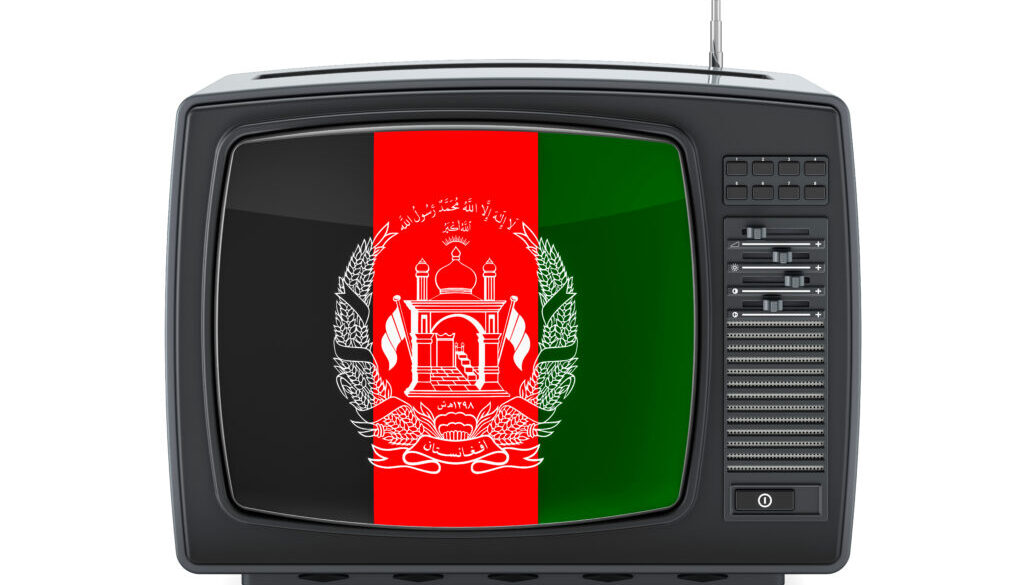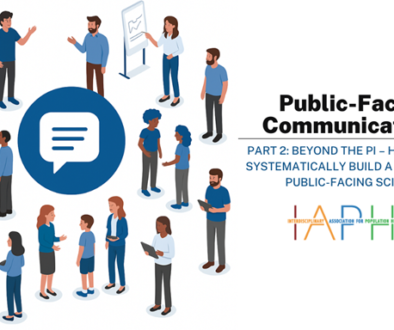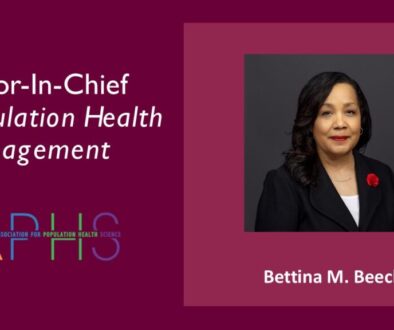Media as a Catalyst for Health Promotion in Afghanistan
Ofeibea Asare, Manizha Ashna
For more information on women’s health in Afghanistan, read the first post in this two-part series.
Decades of research have demonstrated that the media significantly shape social norms, attitudes, and behaviors related to various health issues. Leveraging media in Afghanistan could be crucial for improving health outcomes, especially in a context where cultural, social, and environmental factors already create substantial barriers to women’s health and well-being.
Health Barriers Faced by Afghan Women
Access to reliable health information in Afghanistan is often restricted, particularly in rural areas where educational resources and healthcare services are scarce. Many women and their families need more basic knowledge about the importance of a balanced diet, regular physical activity, and preventive healthcare.
For example, Afghan women face numerous barriers to engaging in regular exercise, influenced by a complex interplay of religious, cultural, social, and environmental factors. Traditional gender roles and societal expectations are significant obstacles, often restricting women’s participation in sports and physical activities. These societal norms dictate that women’s primary responsibilities lie within the domestic sphere, leaving little room for physical activities, such as exercise, perceived as non-essential. The scarcity of female-only facilities and public spaces suitable for exercise compounds these challenges. Following the Taliban’s takeover, gyms and recreational areas for women and girls were closed, reducing opportunities for women to exercise without compromising cultural norms of modesty and privacy. Consequently, Afghan women face elevated risks of various health issues, including mental health conditions such as anxiety and depression.
How the Media Can Help Afghan Women’s Health
Using the most listened-to, watched, or read media as a communication tool to reach thousands of these women in their own spaces would improve their health knowledge and affect their attitudes and health outcomes. Afghan women have trusted the Afghan media space for ages. Offering airtime to health professionals to educate women on health-related issues would be very helpful and contribute considerably to their families’ and communities’ health.
In all its forms, the media plays a pivotal role in communicating health information that can influence health outcomes. Health communicators must deliver health messages in desired languages and styles through media platforms tailored to target audiences. These messages can educate Afghan women and girls on the importance of physical activity, nutrition, family planning, maternal health, mental health, and overall health concerns.
Many health communicators and educators use these platforms to promote better health outcomes, providing information on health and how to integrate it into daily life despite societal restrictions. Organizations like the World Health Organization, CDC Foundation, and Afghanistan’s Ministry of Public Health utilize social media handles and websites to disseminate accurate and culturally relevant health information. However, despite their efforts, this information often fails to reach a large portion of the Afghan population.
Knowing the crucial role of media in health promotion, traditional media, particularly radio and television, can significantly contribute to health outcomes through target health education programs. These programs should address key health issues that Afghan women and girls face. The health education programs can incorporate expert discussions on these critical health topics. This approach not only makes essential health information accessible to a broad audience but also ensures it reaches individuals in rural and remote areas.
The Role of Improving Health Education and Literacy
Numerous media programs focus on literacy, numeracy, and vocational skills, aiming to enhance the educational levels of Afghan women and girls who may have missed formal education. Organizations like Woman Online University have been pivotal, offering free education to thousands of Afghan girls in subjects such as computer science and English language, which are vital for their personal and professional growth. Additionally, the BBC has implemented various educational initiatives to support Afghan women by providing access to education, information, and resources to empower and uplift them. Notably, the BBC’s educational program Dars for Afghan girls is a successful model for creating comprehensive health education programs.
Through accessible media platforms like radio, television, and online resources, educational health programs can bridge gaps and deliver crucial health-related information like the aforementioned initiatives have done.
To effectively promote health in Afghanistan, media channels should focus on producing regular, scheduled health education programs tailored to the cultural and religious context of the country. These programs should address health through innovative formats like talk shows, documentaries, and animations that can make the content accessible and exciting for viewers, readers, and listeners.
Collaborating with healthcare professionals, such as nutritionists/dieticians, psychologists, gynecologists and obstetricians, general practitioners, and public health specialists, in interviews and panel discussions can provide audiences with accurate and trustworthy health information. Additionally, these forums can debunk myths and misconceptions and offer practical advice through expert discussions. Interactive elements like call-ins or social media questions-and-answers can further engage the audience and address specific concerns. Health education programs should be broadcast at different times of the day to reach a wider audience, particularly women and girls. These can help the audience make informed health decisions and choices.
Given Afghanistan’s Islamic context, ensuring that health messages align with Islamic teachings and values is crucial. Collaborating with religious leaders and scholars to integrate health education with religious principles can enhance the acceptability and effectiveness of the programs.
According to a Ghanaian educationist, James Emman Kwegyir Aggrey, “The surest way to keep people down is to educate men and neglect women. If you educate a man, you simply educate an individual, but if you educate a woman, you educate a whole nation.” As far as this saying is concerned, educating women and girls about health empowers them to transcend their households through enhancing their health literacy.
Using the media as a social and health intervention tool kit will enable Afghan women to increase control over and improve their health and that of their communities. In summary, creating culturally appropriate content that respects traditional beliefs while promoting healthy practices can bridge the gap between traditional and contemporary health knowledge. The Afghan media can play a pivotal role in empowering women and girls with the knowledge and skills to improve their health and well-being.








All comments will be reviewed and posted if substantive and of general interest to IAPHS readers.